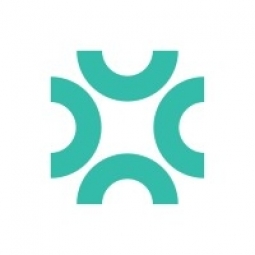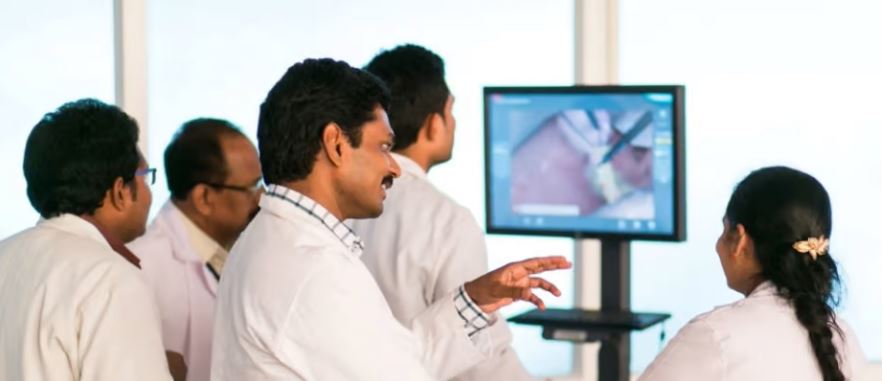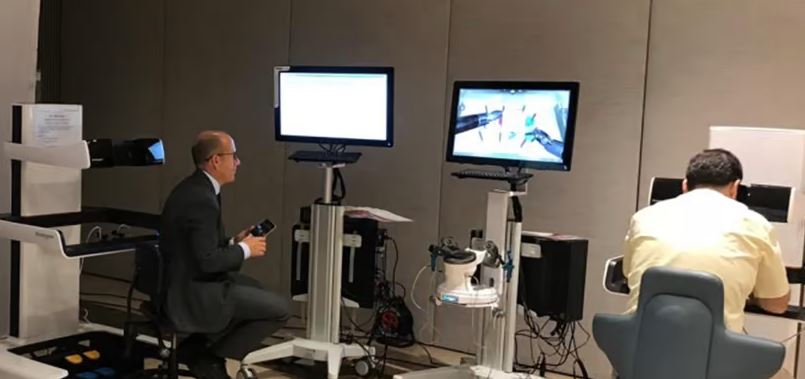Ease and Flexibility Transform Budgeting Process, Providing Deeper Analysis and Significant Time Savings

Customer Company Size
SME
Region
- America
Country
- United States
Product
- Microsoft Forecaster
- Centage’s cloud-based budgeting and forecasting solution
Tech Stack
- Cloud Computing
Implementation Scale
- Enterprise-wide Deployment
Impact Metrics
- Productivity Improvements
- Cost Savings
Technology Category
- Platform as a Service (PaaS) - Data Management Platforms
Applicable Industries
- Education
Services
- Cloud Planning, Design & Implementation Services
About The Customer
The Computing Technology Industry Association (CompTIA) is a non-profit trade association that issues professional certifications for the information technology industry. It is considered one of the industry’s top trade associations. Headquartered in the greater Chicago area, with numerous locations around the world, CompTIA supports IT professionals through their education, certification, advocacy, and philanthropy initiatives.
The Challenge
The Computing Technology Industry Association (CompTIA), a non-profit trade association, was facing significant challenges with their budgeting and planning solution, Microsoft Forecaster. The software had several shortcomings that were critical for CompTIA to address. Internationally based users were frequently locked out of the software on the server in Chicago, struggling to simply access or record their budget numbers. The application couldn’t roll forward prior budgets or utilize actuals. CFO Brian Laffey lamented, “You always had to build budgets from the ground up.” Creating unique reports consumed Laffey’s finance team every month. Specific parameters that each manager wanted to see had to be identified monthly for the report view to be created. The process involved downloading data to Excel, filtering and sorting the data, and then individually creating each report.
The Solution
After an extensive search, CompTIA selected Centage’s easy-to-use, scalable cloud-based budgeting and forecasting solution as the clear winner that not only met but exceeded their requirements and expectations. The solution’s formula-free environment gives Laffey confidence that the budgets he and his team develop are reliable and accurate. It’s strict adherence to the chart of accounts alleviates concerns about data integrity by catching potential coding errors while increasing the value of the plans developed with one-to-one comparisons between budgets and actuals. The new solution offers flexibility for users to enter exact counts, dollars, and percentages in value fields, while in the past users spent their already scarce time making trial-and-error guesses to get to the value that they wanted to budget for. For example, if a manager wanted to budget 500 units sold of a particular item, they had to enter a percentage value of an overall figure rather than the exact 500-unit amount, making the process cumbersome and error-prone. The ability to collaborate with other CompTIA executives in their native currencies and in U.S. dollars streamlines the workflow and provides the platform that Laffey needed to more easily digest financial data from both headquarters and abroad. Multi currency reporting provides increased accountability at the local level as the users take additional ownership of the budgets they submit. Centage’s cloud-based solution provides the global access they required along with a quick and easy implementation and a short training timeline.
Operational Impact
Quantitative Benefit

Case Study missing?
Start adding your own!
Register with your work email and create a new case study profile for your business.
Related Case Studies.

Case Study
Revolutionizing Medical Training in India: GSL Smart Lab and the LAP Mentor
The GSL SMART Lab, a collective effort of the GSL College of Medicine and the GSL College of Nursing and Health Science, was facing a challenge in providing superior training to healthcare professionals. As clinical medicine was becoming more focused on patient safety and quality of care, the need for medical simulation to bridge the educational gap between the classroom and the clinical environment was becoming increasingly apparent. Dr. Sandeep Ganni, the director of the GSL SMART Lab, envisioned a world-class surgical and medical training center where physicians and healthcare professionals could learn skills through simulation training. He was looking for different simulators for different specialties to provide both basic and advanced simulation training. For laparoscopic surgery, he was interested in a high fidelity simulator that could provide basic surgical and suturing skills training for international accreditation as well as specific hands-on training in complex laparoscopic procedures for practicing physicians in India.

Case Study
IoT platform Enables Safety Solutions for U.S. School Districts
Designed to alert drivers when schoolchildren are present, especially in low-visibility conditions, school-zone flasher signals are typically updated manually at each school. The switching is based on the school calendar and manually changed when an unexpected early dismissal occurs, as in the case of a weather-event altering the normal schedule. The process to reprogram the flashers requires a significant effort by school district personnel to implement due to the large number of warning flashers installed across an entire school district.

Case Study
Implementing Robotic Surgery Training Simulator for Enhanced Surgical Proficiency
Fundacio Puigvert, a leading European medical center specializing in Urology, Nephrology, and Andrology, faced a significant challenge in training its surgical residents. The institution recognized the need for a more standardized and comprehensive training curriculum, particularly in the area of robotic surgery. The challenge was underscored by two independent studies showing that less than 5% of residents in Italian and German residency programs could perform major or complex procedures by the end of their residency. The institution sought to establish a virtual reality simulation lab that would include endourological, laparoscopic, and robotic platforms. However, they needed a simulator that could replicate both the hardware and software of the robotic Da Vinci console used in the operating room, without being connected to the actual physical console. They also required a system that could provide both basic and advanced simulation training, and a metrics system to assess the proficiency of the trainees before they performed surgical procedures in the operating theater.

Case Study
Edinburgh Napier University streamlines long-distance learning with Cisco WebEX
• Geographically dispersed campus made in-person meetings costly and inconvenient.• Distance-learning programs in Malaysia, India, and China required dependable, user-friendly online tools to maximize interaction in collaborative workspaces.• Virtual learning environment required a separate sign-in process, resulting in a significant administrative burden for IT staff and limited adoption of collaboration technology.

Case Study
8x increased productivity with VKS
Before VKS, a teacher would spend a lot of time showing a group of 22 students how to build a set of stairs within a semester of 120 hours. Along with not leaving the teacher much time to provide one-on-one support for each student to properly learn carpentry, it also left a considerable amount of room for error. Key information would be misinterpreted or lost as the class was taught in the typical show-and-tell way.

Case Study
Scalable IoT Empowering GreenFlex's Sustainable Growth
GreenFlex, a company that supports sustainable development, decarbonization, and energy efficiency, faced several challenges in its quest to expand its business. The company needed to deploy a robust and sustainable IoT technology to support its growth. It was crucial for them to monitor and control devices at customer sites in a safe and reliable manner. They also needed to integrate devices across a range of communication protocols and gather and act on data to meet efficiency targets. GreenFlex had previously built IoT capabilities into its digital platform, GreenFlexIQ, to monitor and manage customer sites remotely. However, they soon realized that they needed a new platform to support their ambitions. They needed a platform that could scale to connect more devices for production management and make it easier for the operations team to manage devices in the field.






